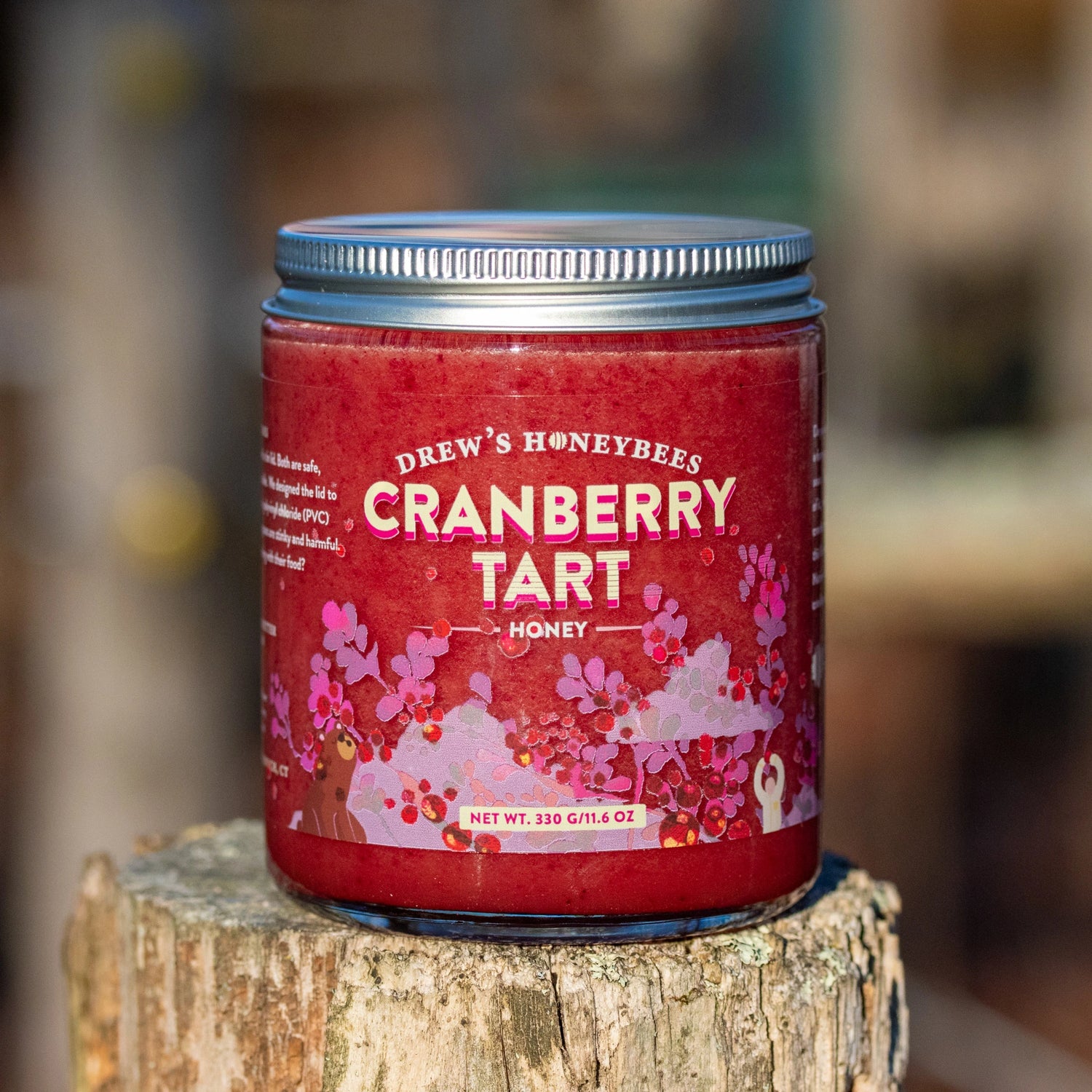Ecology: the Coolest Thing I Never Knew
Life; or, the arc of us, for good or ill.
By Andrew Burnett - 3 Min Read
“...there is no quality in this world that is not what it is merely by contrast. Nothing exists in itself. If you flatter yourself that you are all over comfortable, and have been for a long time, then you cannot be said to be comfortable any more.” -Herman Melville, Moby Dick
Ecology is the interaction of organisms in their environment; war and ballet on life’s stage. It’s hard to explain why I find ecology so heart-thumpingly grand. It has something to do with the dizzying contrasts–novel (to me anyway) yet eternal, simple yet profound, brutal yet beautiful. Sure, I knew there were animals and they had some neat interactions. But don’t you have to go to the Amazon for the cool stuff? Simply put–no. Remarkable ecology is everywhere. It doesn’t stop at the edge of the forest, meadow, or shore. For me, this heady curiosity was merely a realization toward observation. I have a wee bee to thank for that.

Ecology is encompassing. All it takes is interaction among two or more species. They could be a flowering tree and bee, a lion and a gazelle, a human and a fungus. Oh yeah, some of the wildest ecology is the interplay of life on, in and of you me. Ecology is usually the interaction of innumerable organisms. In studying the lion and gazelle, don’t forget the bacteria that allow the gazelle to digest fibrous plant material, without which the gazelle cannot live.

Ecology is complex. To see a glimmer of a shadow is to realize how much you don’t know. It is too rollicking, too incomprehensibly grand for me–no expert–to attempt to bring to you. After much teeth-gnashing, it is not for me to say what your time in nature might be. I recommend your own observing discovery with my whole soul. Explore well.

I will focus on an interaction of two organisms–the western honey bee and skunk cabbage. A good place to pick up this tale is one of nature’s more ballsy survival mechanisms. The western honey bee (Apis mellifera- “the honey-bearing bee”) cannot go dormant. Queens cannot retreat into the warm earth and slumber away the howling winter above. Honey bees face the cold. They cluster in their hive and form a ball of bodies in the spaces between comb. The comb must be full of honey–the fuel for their thermal feat. They consume honey and “flex” their opposing wing muscles. They do not move; they burn hot. The colder it gets the fiercer they burn. In mid-January, the coldest time of year in New England, honey bees begin raising the bees that will greet the spring. For the rest of the winter, they’ll keep their ball o’ bodies at 35°C (95°F).

You can imagine how fraught this is for a small-bodied insect. It requires honey bees to be very good at filling their hive with food. When late winter arrives, the pantry is often bare. Many hives die of starvation. Surviving hives can be nutritionally stressed.

Skunk cabbage (Symplocarpus foetidus- “connected fruit-bad smell”) is one of the first blooms in the northeastern United States. It blooms in late February, generating heat to push through snow, ice and frozen earth. Skunk cabbage covers its blossom with a protective sheath, opening on warm days.
Early season pollinators flock to skunk cabbage, honey bees included. Pollinators fly from cabbage to cabbage, fertilizing the blossoms. For their labor, skunk cabbage provides pollinators with nutritious pale yellow pollen. This pollen is vital protein, fats and vitamins to fuel the rearing of young bees. Early season blooms, including willows (genus Salix), spicebush (Lindera benzoin), and maples (genus Acer) feed pollinators. In the case of the honey bee, they allow hives to expand their population, improve health and explode onto the scene when the plants that produce our food need pollinating. Next time you enjoy a fruit, veggie, nut or bean, thank the plant and the pollinator that sexed it. But don’t forget the unloved, inedible, plant that bloomed through ice to sustain the bee at death’s juncture. It was the skunky cabbage, don’t you see? Cherish it as you would your apple.

